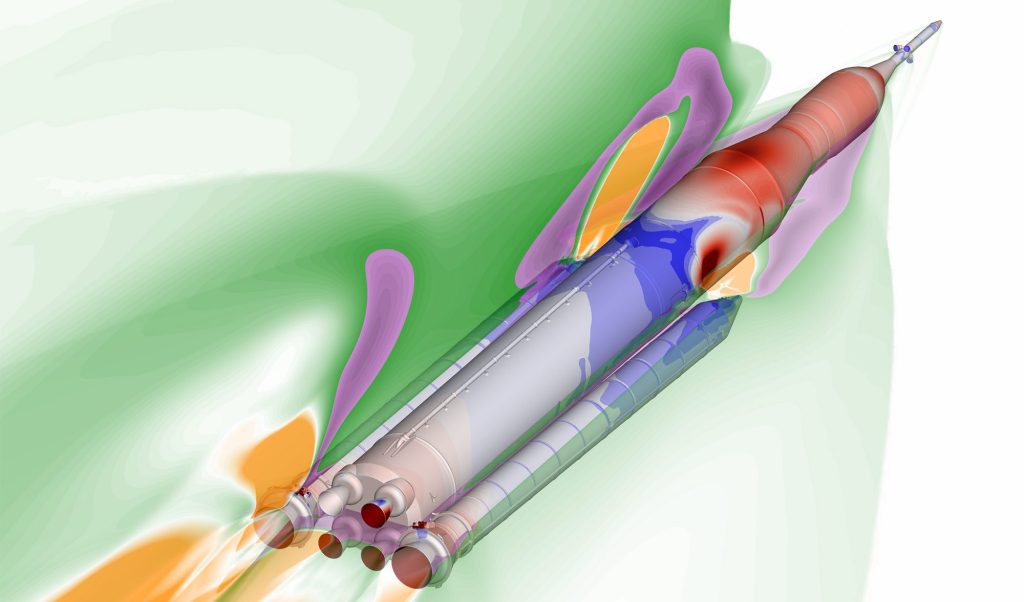How Perseverance Thinks While Driving
| Credit | NASA/JPL-Caltech |
|---|---|
| Language |
|
This engineering animation shows how NASA’s Perseverance rover analyzed the Martian landscape and autonomously steered around a hazard for the first time on Mars. The rover built a 3D map of its surroundings using its stereo cameras, generated a set of candidate paths to the goal, and selected the fastest one that is free of obstacles.
This drive took place on June 23, 2021 (the 122nd sol, or Martian day, of its mission).
Perseverance has been exploring the floor of Jezero Crater since it landed on Feb. 18, 2021.
A key objective for Perseverance’s mission on Mars is astrobiology, including the search for signs of ancient microbial life. The rover will characterize the planet's geology and past climate, pave the way for human exploration of the Red Planet, and be the first mission to collect and cache Martian rock and regolith.
The Mars 2020 Perseverance mission is part of NASA’s Moon to Mars exploration approach, which includes Artemis missions to the Moon that will help prepare for human exploration of the Red Planet.
Subsequent missions by NASA in cooperation with ESA (European Space Agency) would send spacecraft to Mars to collect these cached samples from the surface and return them to Earth for in-depth analysis.
NASA’s Jet Propulsion Laboratory in Southern California built and manages operations of the Mars 2020 Perseverance rover for NASA.
For more information about the mission, go to: https://mars.nasa.gov/mars2020

























